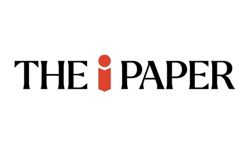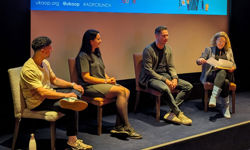Looking back over 30 plus years in our industry, one of the best moves I ever made was merging the research facility in the commercial departments with the library service in the newsroom. At the time it was seen as controversial. Today it is essential.
Ten years ago, I was running a fledgling business daily, and the editor and I agreed it made sense to have a central “knowledge hub” within the company. So one excellent manager took on the role of bringing the two functions together. Suddenly editorial archives, Bloomberg, LexisNexis, Reuters and AP, were on the same desk as TGI, readership data, the subscriber database, and the equivalent of Yellow Pages data, not to mention the role of skilled analysts who could aggregate and analyse this data way beyond that of your average librarian.
And by the way, we sat them next to the management accountants whose role was to track the company’s performance. This was truly an intelligence centre.
A number of benefits emerged:
• Journalists could access the database of Scotland’s leading businessmen, not having to search for ever for their number;
• Every day, anyone whose name appeared in the paper, received a canvass call for a subscription;
• The newsroom had access to all the commercial data, so they could improve their research and reports;
• The journalists regularly consulted the management accountants for advice on the company reports they were analysing and reporting on.
I suspect that as many of you will be asking what is TGI as what is LexisNexis. Well the reality is that both are tools that are equally valuable in the newsroom as they are in the advertising department. The problem is that historically their use is departmentally confined.
Today the problem is significantly more significant.
Traditionally editorial, advertising and circulation departments worked as separate silos. Each valued their independence. In today’s world, the knowledge that each department depends on is inter-relational, as is the overlap between audience, advertising revenue, and – perhaps – content revenue.
The digital world dictates that advertising is targeted to specified demographics and interest groups. The possibility of users paying for content is largely down to its relevance. The value accelerator is driven by the geometry of content relevance and advertising targeting, based on customer knowledge.
Yet media companies remain curiously fragmented in their own information space; the one that they think they are the experts in, in communicating with the world.
So as I often ask in these columns. What would I do?
First of all, I would gather together all the people in the company who collect and analyse information for a one day “knowledge-fest”. Some will be in editorial, some in advertising, some in circulation, some in “research” some in digital, and… well anyone else who wants to turn up. Then share what they collect, and its relative benefit to everyone else.
Secondly, I would create a “knowledge hub”, an intelligence centre, charged with integrating, and redistributing the content from all the different sources, across everyone in the organisation.
Thirdly I would utilise this resource as a means of researching New Product Development. Monitoring trends in terms of customer behaviour, social issues and fashions. Simple tools are available to achieve this.
Finally I would see this as an enterprise opportunity, where within the bounds of legislation and responsibility I would integrate this knowledge to provide added value to the market, thereby creating a profit centre out of the collected knowledge.
The best example of this I can think of is Dianne Newman, the manager who delivered this project, when we worked together years ago, and is now Head of Research, Enterprise & Library Services, at The Scotsman newspaper in Edinburgh.
Today she is responsible for all the points I raise above, and is the model of where our industry needs to go.
Where knowledge was once as “siloed” as our key functions, now it needs to be completely integrated departmentally, technologically, culturally and strategically.
Tomorrow’s media is about the integration between content and commerce, and we need better tools to exploit this. But a relatively simple tool to deliver this is in our sharing knowledge and working better together.










